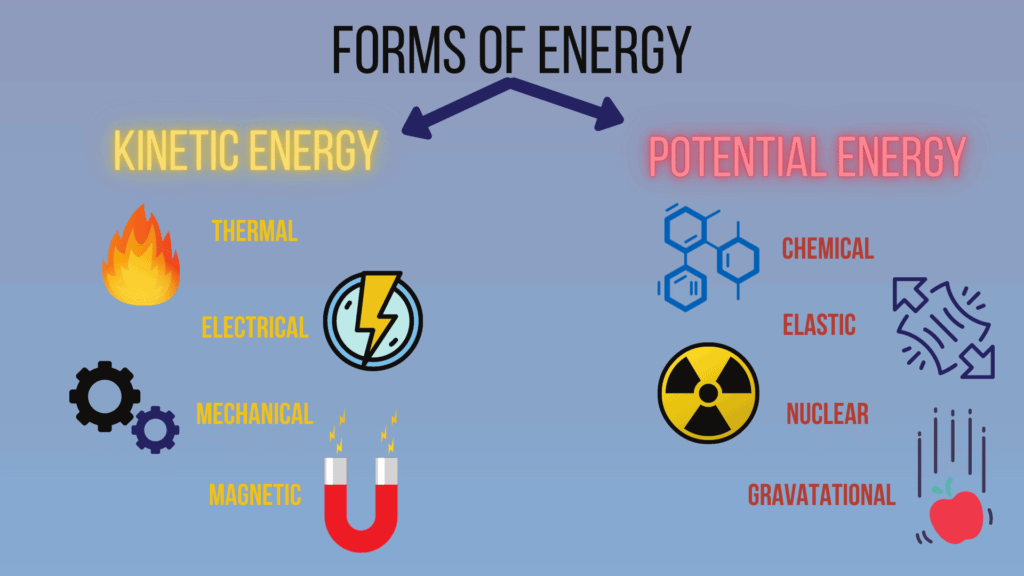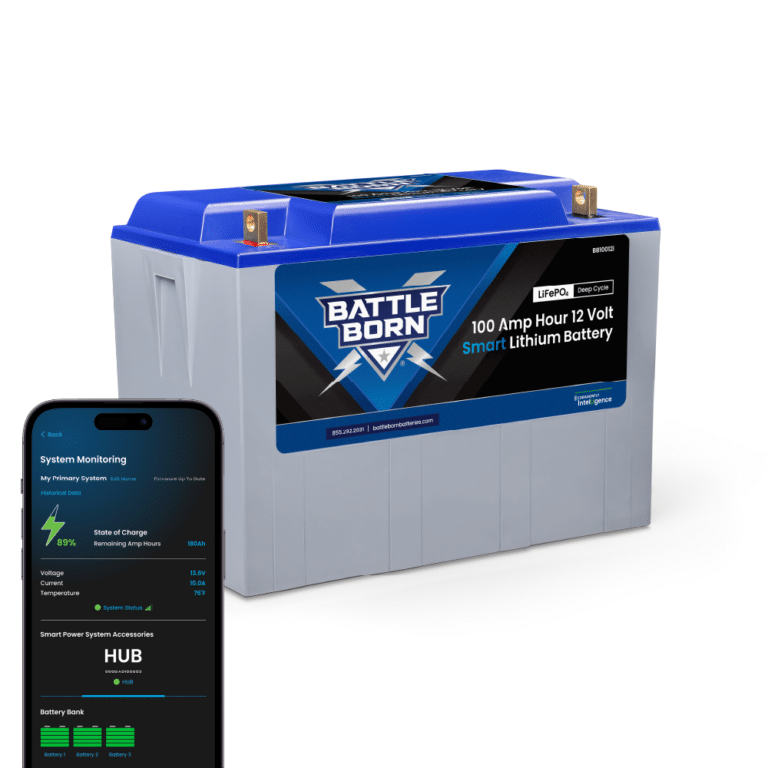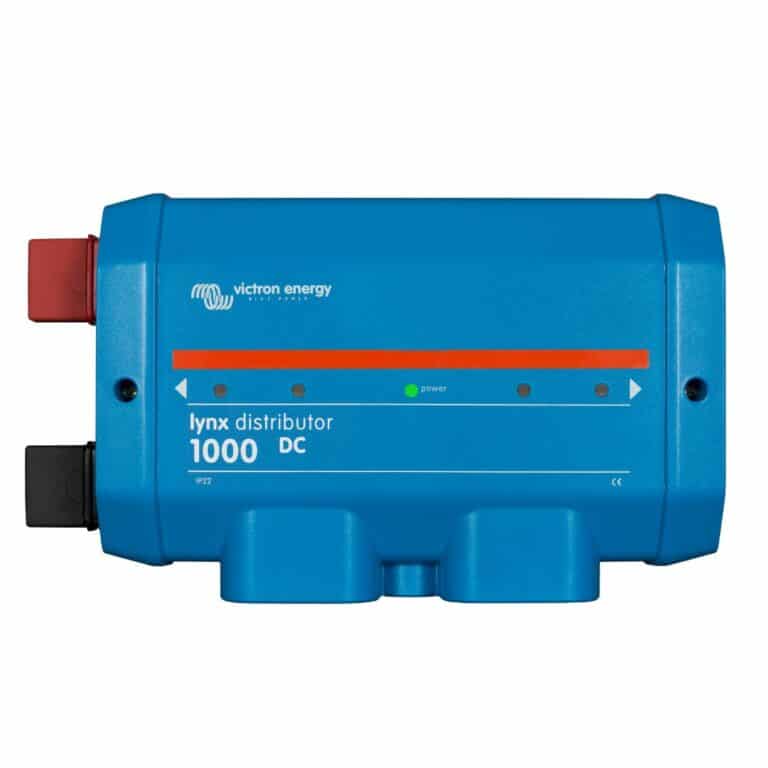
MENUMENU
TALK TO AN EXPERT
Special Hours: 7AM – 6PM PST
TALK TO AN EXPERT
Special Hours: 7AM – 6PM PST
High school physics may teach us definitions and theories of energy, power, and charge, but why do they matter to RVers and other people living off-the-grid concerned with battery power and battery charge? Let’s dive in and grab ahold of these concepts so that we can easily translate them to power off the grid!
Energy is defined as the ability to do work, and there are many various forms of energy. Additionally, energy can not be created or destroyed, but one form of energy can be converted to another form of energy. Another thing to remember now is that one object can contain more than one form of energy.
Energy is all around us in many various forms. We can see it in movement, heat, magnetism, and electricity. These forms of energy are in motion or called Kinetic Energy. But we can also store energy as what we call potential energy. Chemical, elastic, nuclear, and gravitational energy are all forms of potential energy storage.

A battery generates electricity from a chemical reaction. Because of this, the battery itself is actually a storage device for chemical energy, which gets converted to electrical energy. So, a battery does not store electricity but instead stores energy in the chemicals inside the battery.
Electrical charge is a force. There are two types of electric charge – positive and negative. Opposite charges attract, and like charges repel (think of a magnet). Now let’s look at “charge” as it relates to a battery.
When you connect a wire conductor between the positive (cathode) and negative (anode) terminals of a battery, one end of the wire is positively charged, and the other end of the wire gets negatively charged. The difference in these charges causes electrons to move through the wire towards the positive terminal of the battery. At the positive terminal, the battery reabsorbs the electrons from the wire.
The negative terminal continues to supply more electrons to the wire, so the charges don’t accumulate at the battery terminals. So, the battery essentially acts as a pump that pulls electrons from one end of the wire and pushes them into the other end of the wire.

Chemical reactions inside the battery create the electrical energy that drives this whole process. These chemical reactions only occur when a conductor material (like a wire) connects the two terminals. This is how a battery converts chemical energy into electricity.
Power is the amount of work that can be done over a given period of time or the rate at which energy transforms. Power is an instantaneous measurement and only tells us how quickly energy is moving at any given moment.
Electrical power is voltage times current, and is expressed as Watts.
Voltage(V) x Current(A) = Watts
A watt is an electrical way of describing how much energy is moving. For instance, a wire might have 10 watts of power moving in it or 10,000 watts. The higher the number, the more power the wire is transmitting.
We learned above that power is volts x amps and is instantaneous, so we need to add time to get energy. We express energy in watts/time, meaning that it can be computed by multiplying Power by Time.
Energy = Power x Time. (Reminder: Energy is the ability/capacity to do work, and power is the rate at which the work is performed.)

In the above equation, we state energy in joules (j), power in Watts (W), and time in seconds (s).
We can see that power does not equal energy by taking a look at the following example.
10 watts x 1000 seconds = 10,000 watt/seconds
10,000 watts x 1 seconds = 10,000 watt/seconds
Both examples deliver the same amount of energy. The 10-watt power, however, takes much longer.
When thinking of a battery’s energy capacity, we usually express it in watt/hours or how many watts it can run for one hour.
We express battery’s charge in Amp-hours (Ah). This rating helps us understand the capacity of a battery in terms of the amount of time that it will produce energy, and therefore electricity, for our use.

A battery’s Amp-hour rating tells us how long the battery can sustain a particular Amp output rate. As a result, this rating lets consumers know roughly how much amperage a battery can provide for one hour.
When shopping for a battery, you’ll want to know how much power your circuit will need in watts. Many batteries will have a max Amp rating that you need to convert to watts. So, you’ll want to understand how much power a battery can deliver continuously.
For example, if a 12-volt battery is rated at 100 Amps continuous, this means it can deliver:
12 volts x 100 Amps = 1200 Watts.

Battery power capacity is critical information because if you want to run a 3000 Watt load, for example, then you’ll know that you need at least three 100 Amp batteries to do so.
As we’ve discussed in this article, energy is the ability or capacity to do work. In the context of a battery, energy is how much work the battery can do.
Measured in Watt-hours, this number allows you to compare batteries. If you know how many Watts a device draws, you can quickly determine how long a battery will run that device or multiple devices.
Battery power, charge, and energy are significant to anyone who spends time off the grid. We all have multiple uses for the electrical energy stored in a battery, and the ability to calculate what a battery can do for us is essential.
While power, energy, and charge are similar, they are not the same things. It is not uncommon to hear the terms power and energy used interchangeably, but now you know their differences. Understanding these differences will help you navigate the battery purchasing process and get the most out of your investment.
We know that building or upgrading an electrical system can be overwhelming, so we’re here to help. Our Reno, Nevada-based sales and customer service team is standing by at (855) 292-2831 to take your questions!
Also, join us on Facebook, Instagram, and YouTube to learn more about how lithium battery systems can power your lifestyle, see how others have built their systems, and gain the confidence to get out there and stay out there.
Shop Best Sellers








Ask a technical specialist now at 855.292.2831
Stay in the Know